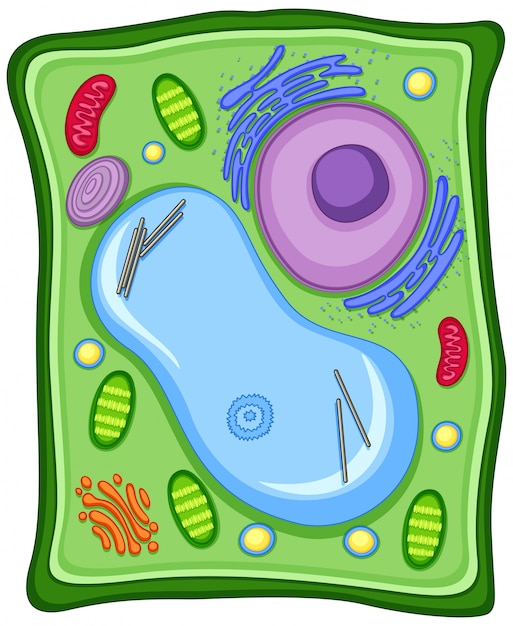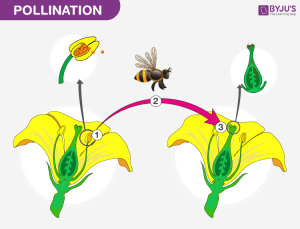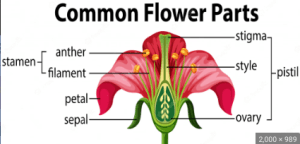What is a plant?
Plants are living things that exhibit all traits of MRSGREN. they reproduce, breathe air, and hydrate and respirate with oxygen.
structure of plants:

The roots absorb water from the soil and keep the plant in the ground. The stem supports the plant above ground, and carries the water and minerals to the leaves. The leaves collect energy from the Sun and make food for the plant, using an amazing process called photosynthesis.
why do plants have roots?
roots have two functions.
they anchor the plant into the ground
2. they absorb water
what do the different parts of plants do?
Stems and trunks support the plants. They have tubes called xylen that move water from the plant’s roots to the leaves. They also have different tubes called phloem that transport glucose from the leaves to the rest of the plant.

plant cells –
definition of cell: the smallest structural and functional unit of an organism, which is typically microscopic and consists of cytoplasm and a nucleus enclosed in a membrane.
Nucleus: the most important part of an object or in this case, the plant. the nucleus also contains the genetic material also known as dna.

What is pollination?
The act of transferring pollen to a flower to encourage fertilisation. Bees most commonly do this.
How does pollination happen?
Pollination is a very important part of plant reproduction. Pollen from a flower rubs or drops onto a pollinator. This for example, may be a bee, butterfly or wasp. The bee (or anything holding the pollen) then take this pollen to another flower, where the pollen sticks to the stigma. After that, the flowers hold seeds and other stuff.
find a pollination diagram

How does the tui pollinate a flower?
Tui feeds on nectar at the bottom of the flower.
All tuis get pollen on their head when it eats the nectar.
The pollen on its head is transferred to different flowers when the tui eats more nectar.
germination
what is germination?
germination is the process of flower/plant seeds evolving into newer plants.
Diagram of a flower and its parts:

diagram of a seed:

summary of what occurs in germination:
Germination is the act of a seed growing and evolving into a plant, using its surroundings and atmosphere to thrive. Germination cannot occur if the seed does not have a steady amount of water, sun, and oxygen. If the seed does not have oxygen, it cannot respirate (breathe).
Good job Tyler. Your work is super interesting!
Good job Tyler. Your work is super interesting!
Nice work Tyler. I like your work and keep up the good work.